How the state’s youth detention system aimed to keep every West Australian safe but did the opposite
A government which follows the law and promotes a fair, just and safe community is an uncontroversial ask.
In fact, it’s the self-described mission of WA’s Department of Justice.
But the man who led that department for seven years has painted a much darker picture.
His explosive testimony before a Coroner’s Court has suggested that for at least part of his time at the helm, the WA government had been compromising on all fronts.
It’s resulted in a state which is less safe, less fair and unjust.
WARNING: This story discusses incidents of self-harm and contains the name and image of an Indigenous person who has died.
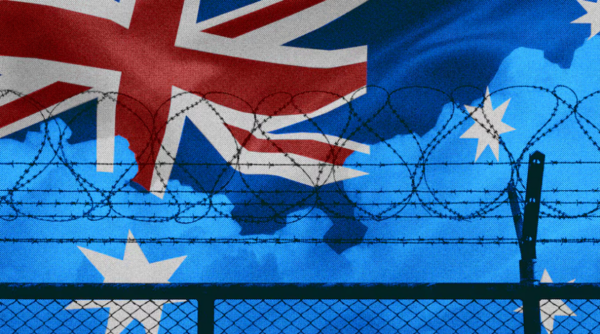
Problems brings boss to tears
Cleveland Dodd died in October last year, a week after attempting suicide in his cell in the notorious Unit 18 inside the maximum security adult Casuarina Prison.
Coroner Philip Urquhart is undertaking the mammoth task of investigating how a detention system meant to keep every West Australian safe put that at risk and allowed the death of a 16-year-old boy in its care.
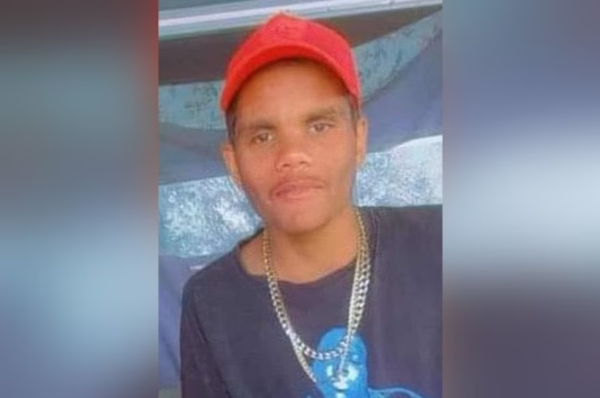
He spent nearly five days — longer than it takes to complete some inquests — hearing from the man who was the Department of Justice’s director general during the time Unit 18 was established and Cleveland’s death.
Despite being an internationally recognised expert in the prevention of child abuse, Adam Tomison acknowledged the treatment of some young people by the department amounted to “institutional abuse”.
He broke down while explaining he had grown defensive “because having spent 30 years in welfare, I was now the guy hurting kids”.
Many of those children were trapped in vicious cycles of disadvantage and struggling with untreated severe brain impairments, the court was told by the Aboriginal Legal Service.
Rather than being given support, the court heard, they were locked up in tiny cells for upwards of 20 hours a day in inhumane conditions the Supreme Court twice found broke the law.
Their cognitive impairments meant the lockdowns did nothing to help steer them away from further offending. Instead, as the Children’s Court President remarked in multiple sentences he handed down, it made them angrier and more of a risk to themselves, and the wider community.
In other words, their treatment wasn’t fair, just or safe.
A rocky road to Unit 18
Dr Tomison’s evidence about the factors affecting his decisions over that time were extraordinary.
He accepted criticisms the department had been “incompetent” at times, including because there was a failure to “brief up” to him about issues at the state’s main youth detention centre Banksia Hill, especially around the staffing pressures.
He acknowledged “oppressive” and “overused” lockdowns, which led to young people acting out, which resulted in more staffing issues.
As the spiral deepened, he said he went into “crisis mode” and perceived his options to solve the problems as becoming increasingly limited.
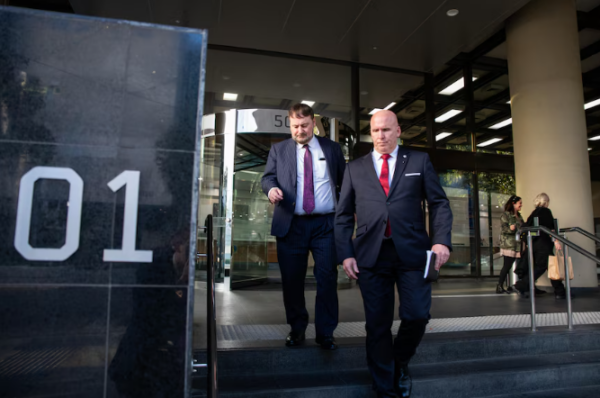
At the same time, Dr Tomison said he grew defensive at the growing gap between what he saw as his morals and the system he was presiding over.
It resulted in what he said was too much faith being placed in those beneath him.
Dr Tomison said it was for that reason he signed a briefing note to the Corrective Services Minister, prepared by his staff, which he acknowledged in hindsight contained “grievous lies” about what conditions in Unit 18 would be like.
“Clearly I should have looked into it more intensively … clearly I’ve failed on a level of not doing more due diligence,” he told the court.
His evidence has been so astounding that lawyers from the State Solicitors Office, who represent the Department of Justice and Dr Tomison, have been trying to clarify some of what he said.
“When you said you were stuck between a rock and a hard place, what did you mean by the terms a ‘rock’ and a ‘hard place’?” was one question put to him.
Coroner Urquhart warned they seemed to be questioning the honesty of some of the former Director General’s answers.
Crisis a decade in the making
But the crisis which Dr Tomison says contributed to some of those decisions did not materialise overnight. It was more than a decade in the making and partially under his watch.
Over those years the main detention centre at Banksia Hill went from a world-class facility to one where heavily armed officers were aiming weapons at the heads of teenagers after a riot last year.
At countless points, including before Tomison took the helm in mid-2017, decisions were made which did not stop that descent into chaos.
A crucial moment for many is late 2012 when, without even completing a risk assessment, the government moved young people serving out their sentence and those waiting for their next court date into the one facility.
Within months, jamming them all together contributed to a riot so damaging more than 70 young people had to be moved to Hakea adult prison because there weren’t any safe cells left at Banksia.
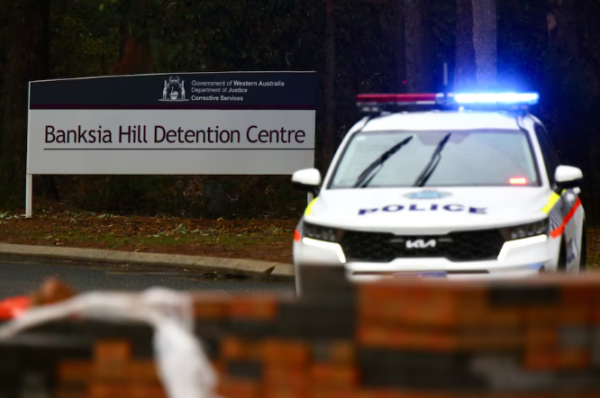
Another major riot in 2017 was seen as a warning sign of how badly Banksia Hill was coping.
But little was done in response because, Dr Tomison said, there was little appetite from government.
“All the ministers knew the history,” he said, but the “expectation was the department make this site work”.
“The department would always have liked a second site,” he told the court, but “there didn’t seem to be an appetite, particularly if Banksia was stable.”
Grim warning issued
By 2021 Banksia was again unstable, with the independent watchdog warning both Dr Tomison and then-minister Bill Johnston he was concerned the state’s treatment of some of the most vulnerable young people there was breaching state and international law.
He wrote that young people had responded to that treatment “with an increase in challenging and dangerous behaviours including assaults … and suicide attempts”.
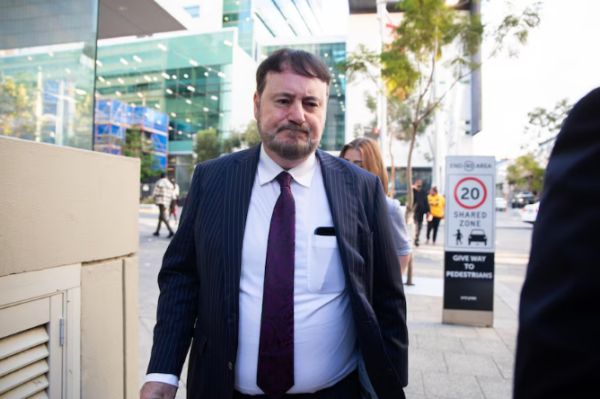
“It is fortunate that Banksia Hill has never had a death in custody or a suicide, however the likelihood of this remaining the case is becoming increasingly smaller as incidents of attempted suicide continue to increase.”
Dr Tomison wrote in reply that Banksia Hill was not “fit-for-purpose” and safely managing a “cohort of detainees who have presented with very complex needs” was the department’s focus.
His evidence to the court was that, at the time, he felt everything that could be done to control the situation was being done.
With hindsight, he accepted it wasn’t.
He agreed he could have asked the government for another facility then, but didn’t for a number of reasons, including that perceived lack of appetite and because he was reluctant to put young people in an adult prison.
The power of hindsight
About six months later, he was left with no choice.
By mid-2022, his department couldn’t shy away from the fact it couldn’t make Banksia Hill work and asked Minister Johnston for permission to turn a maximum-security unit at Casuarina Prison into a “temporary” youth detention facility.
Dr Tomison acknowledged that approval was, with hindsight, based on lies about conditions in the unit so grave that if the Minister had been told the truth he likely wouldn’t have given it his seal of approval.
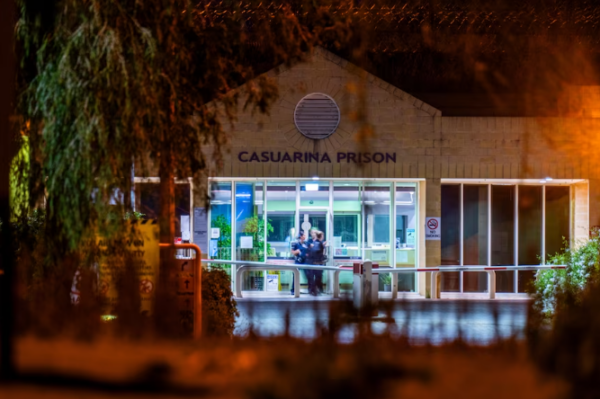
Dr Tomison agreed if those conversations had started earlier there would have been more time to create a better second facility.
But that’s not what happened.
The court heard Unit 18 opened without critical supports, or even cells where young people at risk of suicide could be monitored in line with departmental policy, only plans for each.
Eventually the department did claw back control of Banksia Hill, ending the “institutional abuse” of children, but it took longer to do the same at Unit 18.
The ALS presented evidence to the inquest that of Cleveland’s final 93 days in detention, he was out of his cell for less than two hours on 77 days – about five out of every six.
A tragic legacy
Cleveland and many of the hundreds of young people who have been through detention in recent years were not treated fairly, justly, or kept safe. They weren’t rehabilitated, like they were meant to.
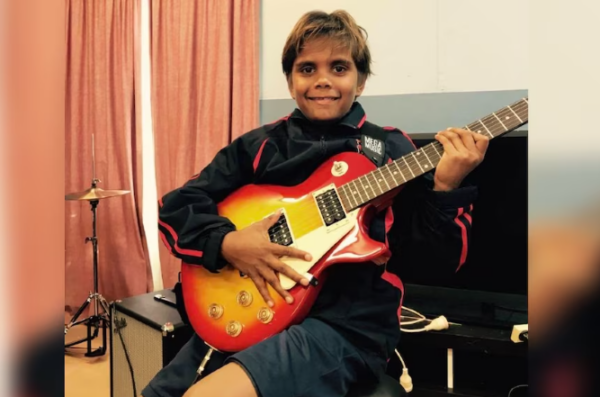
Without significant intervention, that treatment in their formative years is almost certain to result in them returning the favour to the wider community.
Whether that’s changed enough because of the different approach being taken by Premier Roger Cook and current Corrective Services Minister Paul Papalia will almost certainly form part of Coroner Urquhart’s ultimate findings.
So, too, will the evidence he’s likely to hear this week from those working under Dr Tomison.
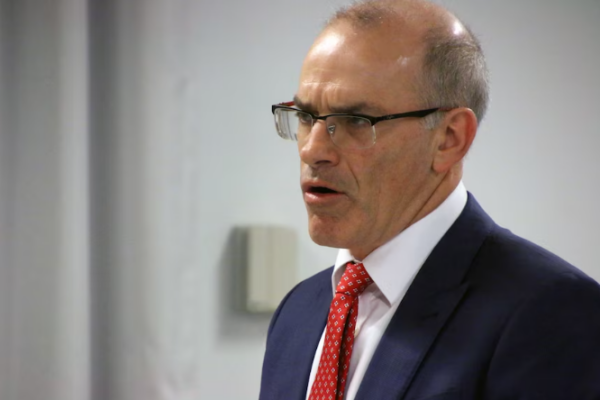
What is already clear though is the lawful, fair, just and safe community we all expect is not something to be taken for granted.
It’s created, or undermined, by the choices of those in power.
Contact us
Please provide a brief description of your claim.



